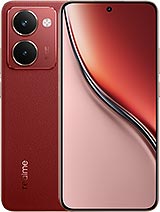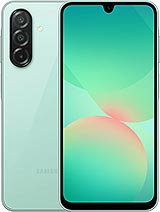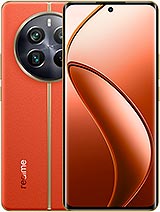Poco M7 Plus alternatives
Tap above to see alternatives.
Vivo T3 Pro alternatives
Tap above to see alternatives.
Poco M7 Plus

Poco M7 Plus
-
Snapdragon 6s Gen 3
6 nm
-
7000 mAh
33W
-
6.9"
1080 x 2340 pixels
-
50 MP
1080p@30fps
- Specs
Vivo T3 Pro

Vivo T3 Pro
-
Snapdragon 7 Gen 3
4 nm
-
5500 mAh
80W
-
6.77"
1080x2392 pixels
-
50 MP
4K@30/60fps
- Specs
2x2.3 GHz Cortex-A78
6x2.0 GHz Cortex-A55
1x2.63 GHz Cortex-A715
3x2.4 GHz Cortex-A715
4x1.8 GHz Cortex-A510
8GB 128GB (UFS 2.2)
8GB 256GB (UFS 2.2)
f/1.8, (wide), PDAF
Auxiliary lens
f/1.8, (wide), 1/1.95", 0.8µm, PDAF, OIS
8 MP
f/2.2, 120˚ (ultrawide)
1080p
f/2.0, (wide)
f/2.5, (wide), 1/3.0", 1.0µm
SIM1: Nano, SIM2: Nano
8 5G bands
n1, n3, n5, n8, n20, n28, n40, n78
8 5G bands
n1, n3, n5, n8, n28, n40, n77, n78
In this performance comparison, the Vivo T3 Pro with its Qualcomm Snapdragon 7 Gen 3 (4nm) performs better than the Poco M7 Plus with the Qualcomm Snapdragon 6s Gen 3 (6nm), thanks to superior chipset efficiency.
Both phones offer the same 2 years of OS update support. For security updates, Poco M7 Plus offers 4 years of support compared to Vivo T3 Pro's 3 years.
Vivo T3 Pro features a superior AMOLED display, while Poco M7 Plus comes with an LCD panel. In terms of smoothness, Poco M7 Plus offers a higher 144 Hz refresh rate, ensuring fluid scrolling and animations. Vivo T3 Pro also boasts a brighter screen with 4500 nits of peak brightness, enhancing outdoor visibility. Both phones have the same screen resolution.
Poco M7 Plus comes with a larger 7000 mAh battery, which may offer longer usage on a single charge. Vivo T3 Pro also supports faster wired charging at 80W, compared to 33W on Poco M7 Plus.
Both phones feature the same IP64 rating for water and dust resistance.
¹ Scores can vary even with the same chipset due to RAM, thermals, and software optimization.










